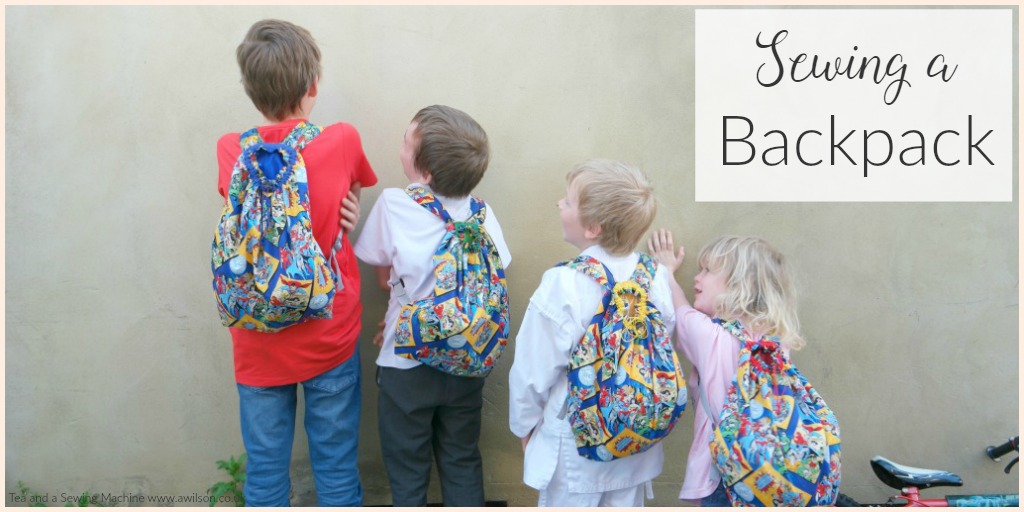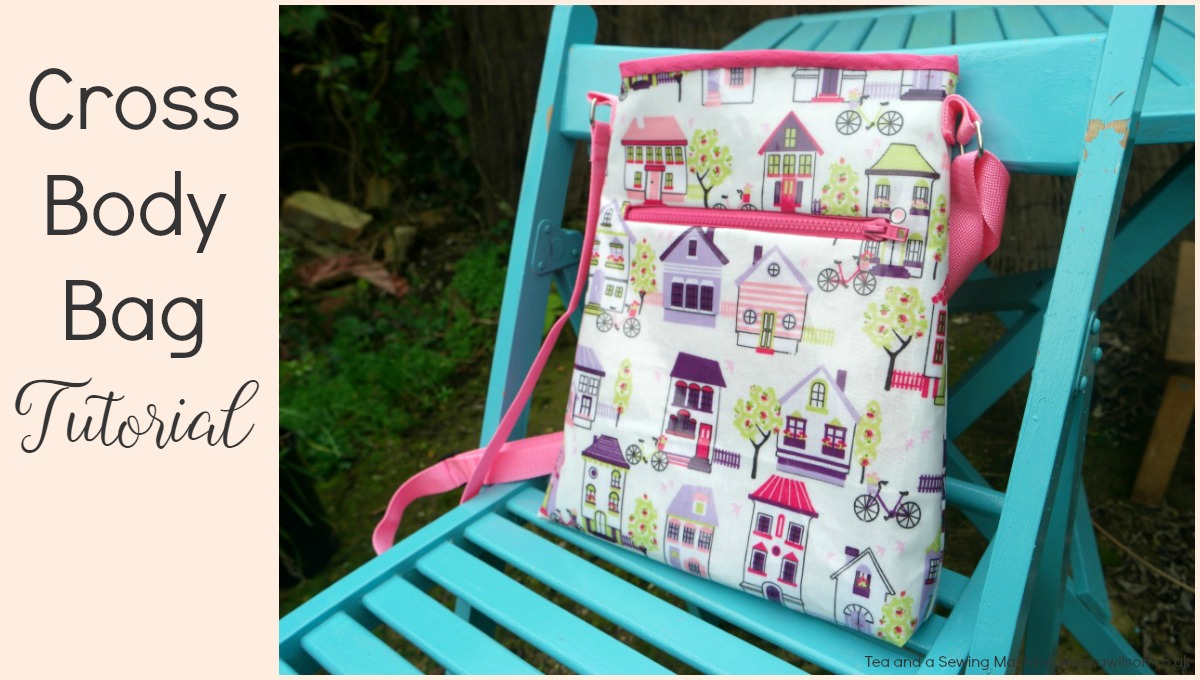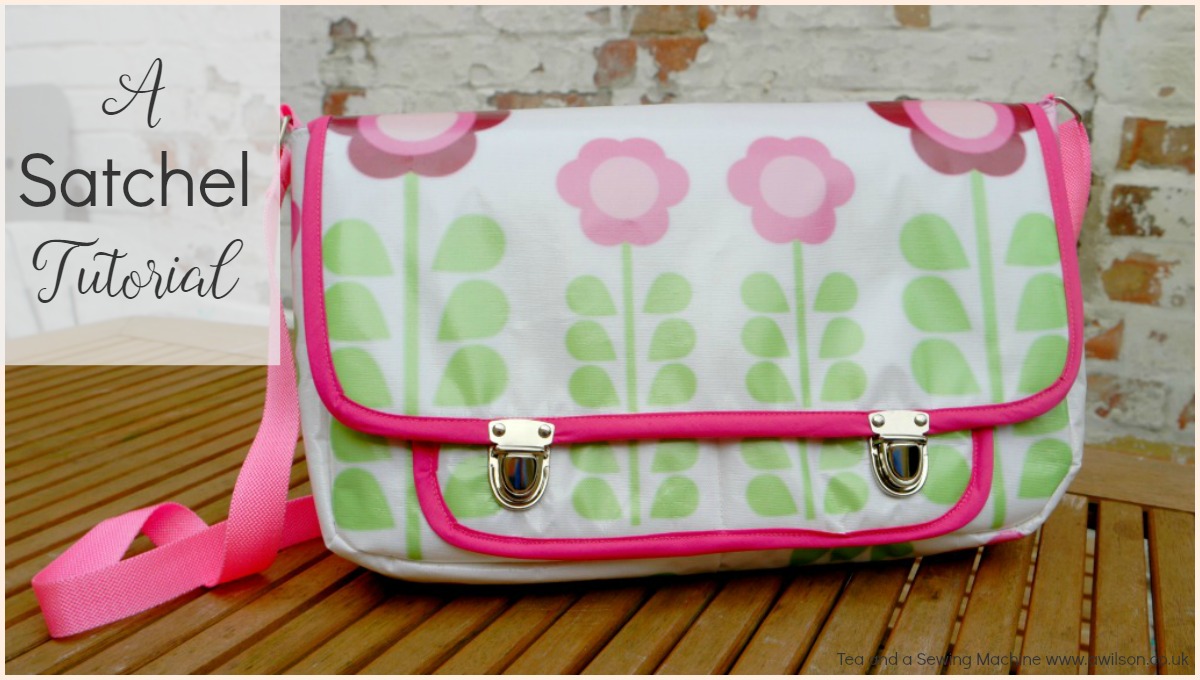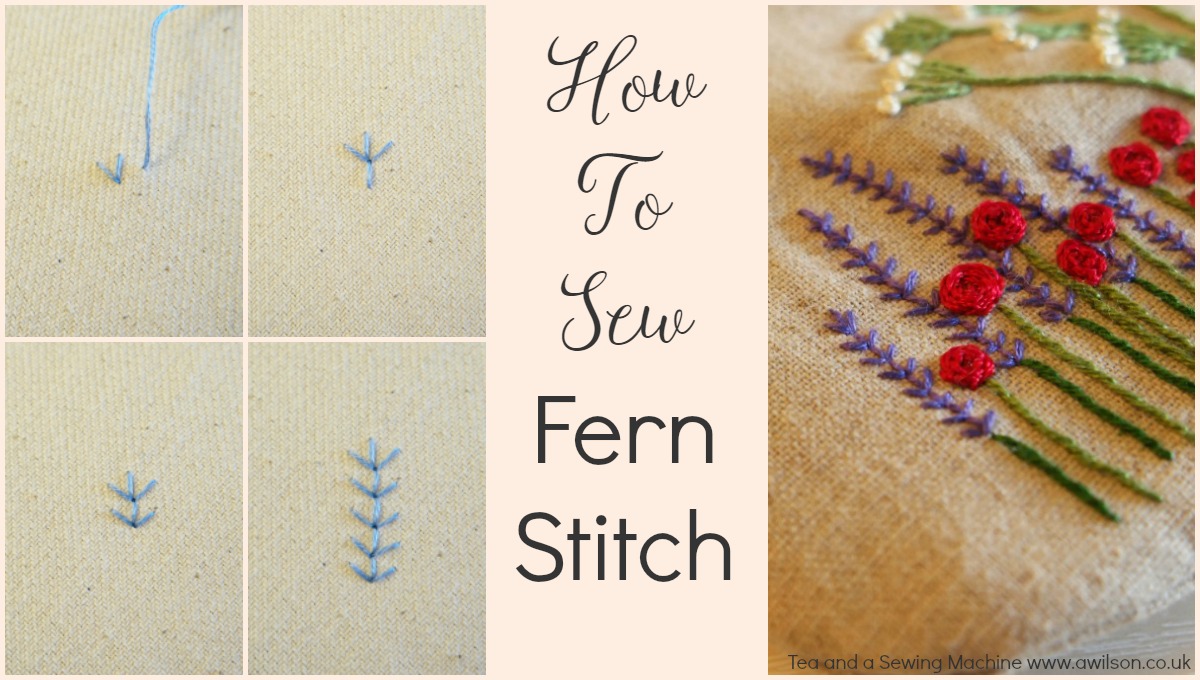Polka Dot Purse Tutorial
My poor old purse has finally breathed its last. While I was looking at its dirty, fraying self the other day, I realised that it had done its job for 4 1/2 years. My boys were all still at school when I made it, and I remember a…






